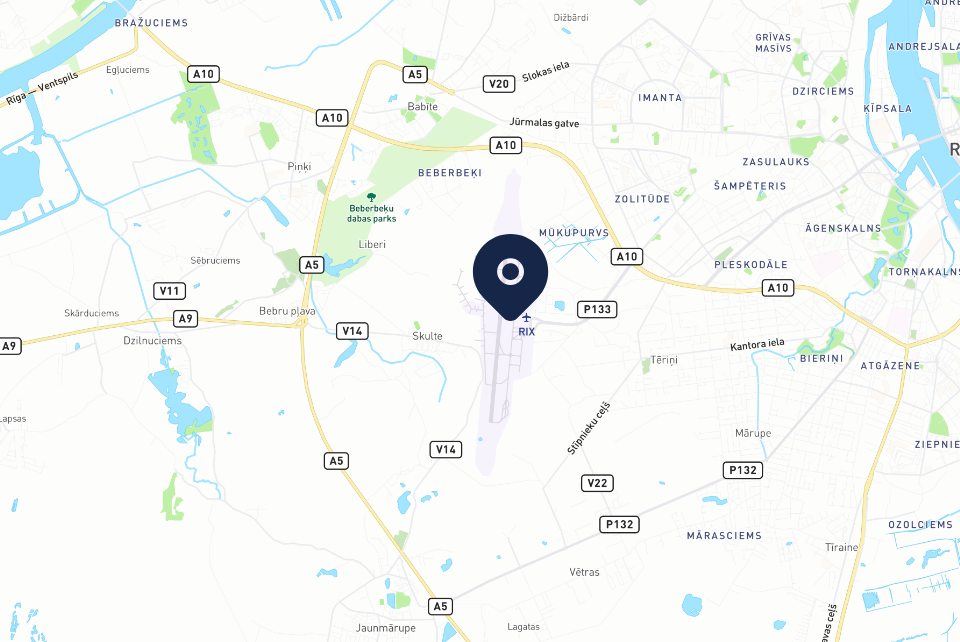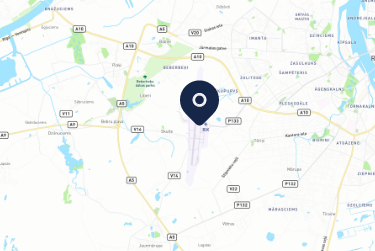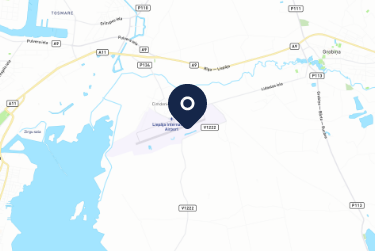Cabin Crew Recurrent Training
Cabin crew recurrent training complies with Commission Regulation (EU) No 965/2012. Syllabuses are developed in accordance with ORO.CC.140 and AMC1.ORO.CC.140 and training and checking programs and related documentation in accordance with ORO.CC.115.
Structure
Cabin crew recurrent training course compresses theoretical training and practical exercises on a representative training devices or on the actual aircrafts as well as hands on emergency
and safety equipment training. Training programs can be tailored to your company’s and CAA requirements.
Every 12 calendar months:
- Emergency procedures including pilot incapacitation;
- Evacuation procedures including crowd control techniques;
- Touch-drills by each cabin crew member for opening normal and emergency exits for passenger evacuation;
- The location and handling of emergency equipment installed or carried on board,and the donning by each cabin crew member of lifejackets, portable oxygen and protective breathing equipment (PBE);
- Aero-medical aspects and first-aid, first-aid kits, their contents and emergency medical equipment;
- Disability-equality and disability-awareness to provide special assistance to peoplewith disabilities in normal day-to-day operations and non-normal, emergency situations;
- Security procedures;
- Crew resource management
Every 24 calendar month:
- Dangerous goods training;
- Fire fighting and smoke training in the use of all fire-fighting equipment, including protective clothing, representative of that carried in the aircraft;
- Normal and emergency situations.
- Practical training in the use of flight crew members’ oxygen system and use of the flight crew members’ checklists.
- General security awareness computer based training (refer to SMCM Training program B)
- Airport security computer based training (refer to SMCM Training program B)
Every 36 month:
- Each cabin crew member operating and actually opening variant of normal and emergency exit in the normal and emergency modes, including failure of power assist systems where fitted. To be conducted in an aeroplane or representative training device;
- Demonstration of the operation of all other exits including flight deck windows.



